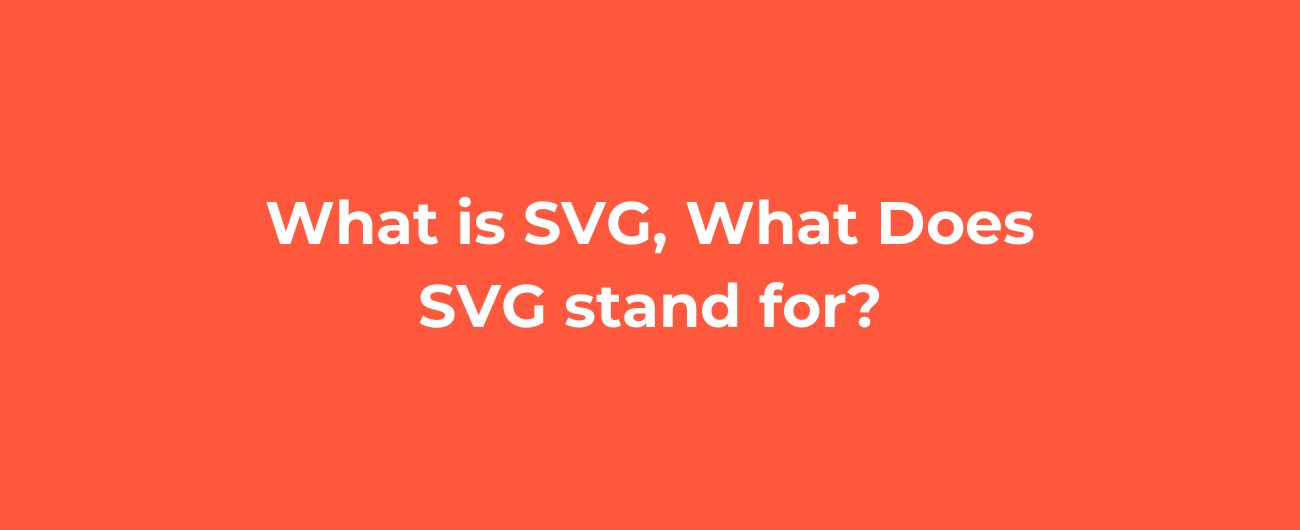
What is SVG? What Does SVG Stand For?
Welcome to Examplefile.com, your go-to resource for all things file formats. In this blog post, we will dive into the world of SVG files, exploring what they are, what SVG stands for, and why they are essential in the digital landscape. Whether you are a designer, developer, or simply curious about file formats, this article will provide you with a comprehensive understanding of SVG. Let's get started!
Understanding SVG Files
SVG stands for Scalable Vector Graphics. It is an XML-based vector image format used to display two-dimensional graphics on the web. Unlike raster formats like JPEG or PNG, SVG files are resolution-independent, meaning they can be scaled up or down without losing quality. This scalability makes SVG a popular choice for responsive web design, as it ensures graphics look crisp on any device.
Advantages of SVG
SVG offers several advantages over other image formats:
- Scalability: As mentioned earlier, SVG files can be scaled without loss of quality.
- Small File Size: SVG files are typically smaller in size compared to raster formats, making them ideal for web use, where page load speed is crucial.
- Editable: SVG files can be easily edited using various graphic design software, allowing designers to customize and manipulate the graphics as needed.
- Accessibility: SVG files are accessible to screen readers, making them inclusive for visually impaired users.
- SEO Benefits: SVG files can be embedded directly into HTML code, providing search engines with more context about the image and potentially improving SEO rankings.
Common Uses of SVG Files
SVG files find applications in various industries and scenarios:
- Web Design: SVG files are widely used in web design for logos, icons, illustrations, and interactive elements.
- Data Visualization: SVG's ability to represent complex data in a visually appealing way makes it a popular choice for creating charts, graphs, and infographics.
- Animation: SVG files can be animated using CSS or JavaScript, allowing for interactive and engaging user experiences.
- Print Design: SVG files can be converted to print formats, making them suitable for high-quality printing, such as in brochures or posters.
How to Use SVG Files
Using SVG files in your projects is straightforward:
- Embedding: To include an SVG file in your website, you can use the
<img>tag or directly embed the SVG code within your HTML using the<svg>tag. - CSS Styling: SVG elements can be styled using CSS, allowing you to change colors, sizes, and apply animations.
- Interactive Features: By leveraging JavaScript, you can add interactivity to SVG files, creating dynamic experiences for users.
Sample SVG Files
If you're looking for sample SVG files to explore and experiment with, check out our collection of Sample SVG Files. These files will give you a hands-on experience with SVG and inspire your creativity.
Frequently Asked Questions
Here are some common questions people ask about SVG:
- Q: What software can I use to create SVG files?
A: There are several software options available, including Adobe Illustrator, Inkscape, and Sketch. - Q: Can SVG files be animated?
A: Yes, SVG files can be animated using CSS or JavaScript. - Q: Are SVG files supported by all web browsers?
A: While most modern web browsers support SVG, it's always a good practice to check for browser compatibility before implementing SVG extensively.
Conclusion
SVG, which stands for Scalable Vector Graphics, is a versatile and widely used file format for displaying two-dimensional graphics on the web. Its scalability, small file size, and accessibility make it a popular choice among designers and developers. Whether you're creating logos, icons, or data visualizations, SVG files offer flexibility and high-quality output. Start incorporating SVG into your projects and unlock a world of possibilities!